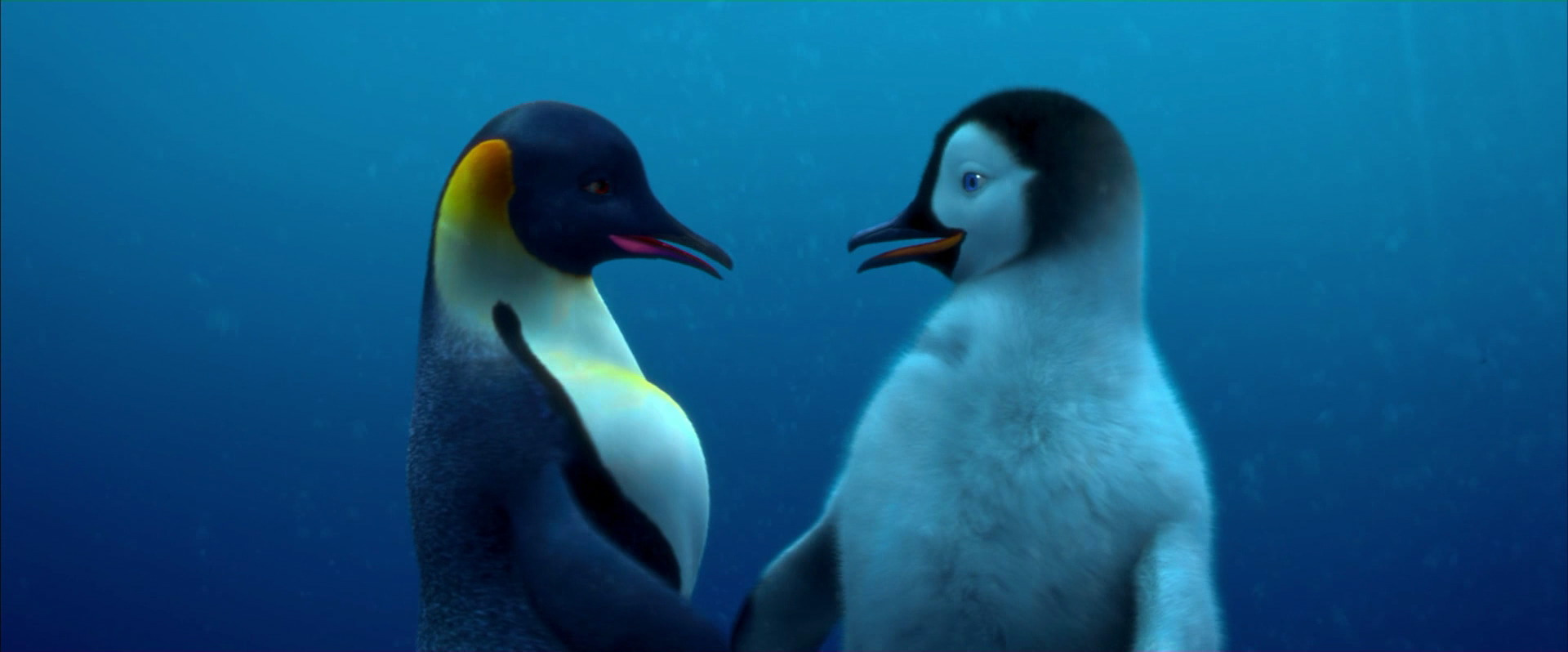
John Powell is a composer who is really broad. And then, the penguins and the other creatures are representative of us. First of all, you’re looking for something that fits the narrative. MILLER: It came from a lot of different places. How did you go about selecting the songs that you used in the film?
HAPPY FEET MUMBLE DEATH MOVIE
I thought, “God, this is generosity.” Everyone thinks movie stars are so narcissistic and self-absorbed, but it’s totally the opposite. And then, all of the cast came back and stood in front of Hank, without any mics, and just played a crowd. And then, suddenly, Robin and Elijah, and others who had gone out for a coffee break, came back into the room.

Everyone had finished their parts and it was just Hank by himself. One of the memorable moments for me was when Hank had to do a serious scene, where Sven was basically confessing about himself. It’s such a privilege to see guys like that, working together. There is melting on the peninsula, so the penguins are going south. There are big shifts in the krill populations and where they are.

These massive icebergs are breaking off in the size of small countries, and they do block off the penguins. You can go down into the core of snow and ice in Antarctica and find every single volcano that ever happened in history, and every single nuclear accident. The animals that have died there are 100 years old and they almost look intact because it’s a very, very cold climate. Any subtle change that we have is somehow recorded there, in the ice layers, because it’s fixed. It’s the extremes of the planet, clearly. You can’t tell the story about this world without it being about the environment. I think that gives the film a lot more authenticity. Even the behavior of the ice and snow and wind follows nature. All the creatures are designed, pretty strictly, to the anatomy of krill and elephant seals and penguins, and then we take the main characters and exaggerate them a bit. MILLER: We tried to follow nature and natural history, as much as possible. Why was it important to include the global warming message in the film, and what do you want audiences to take away from this? And, Savion Glover is the dance equivalent of that. To see that and to sort of have a say in what they would contribute is just very exciting to me and makes me feel a sense of wonder about being a human being. The great privilege in doing this stuff is that the way the universe conspired to make these individuals, they have unique abilities that let them shine. To watch that sort of virtuosity was fantastic. I can tell you, if he’s awake, whatever he’s doing, his feet are tapping. With a movie like this, you get a lot of wonderful material that you end up not able to use because you’ve essentially got 90 minutes to tell a story, but we would watch him dance for hours. I look at it and get dazzled, but I’m told by the musicians that he’s working with such complex rhythms that it’s almost mind-boggling.

He’s a brilliant percussionist who uses his body for the percussion. The first thing I had to understand about him is that he’s a percussionist. In the center of that was Savion Glover, who came down for a week. But, we had very, very good choreographers and people who really understand music, with the composer, John Powell, and the three choreographers – Wade Robson, who did the earlier material, Dein Perry, the creator of Tap Dogs, who did all the tapping later on, and Kate Wormald, who is also one of the motion capture performers for Gloria and Erik, and several others. GEORGE MILLER: Well, the first thing to know is that I can’t sing and I can’t dance, so I had no right to be there. How did you collaborate with Savion Glover on the choreography for the penguins?


 0 kommentar(er)
0 kommentar(er)
